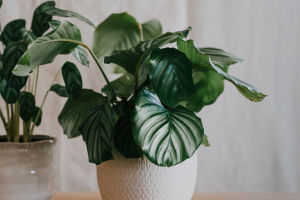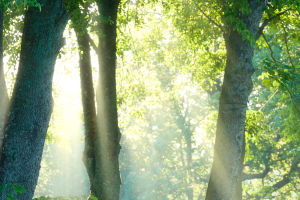Take a moment and picture your favorite botanical garden. Perhaps it's the lush greenery, colorful flowers, or the calm walking paths that draw you in.
But have you ever wondered how these living museums began and why they became such important parts of our cities and cultures?
Botanical gardens are more than just beautiful spaces—they hold centuries of history intertwined with exploration, science, and human curiosity. Understanding their origins helps us appreciate what they truly represent today: hubs for conservation, education, and discovery.
The Royal Beginnings: Gardens of Power and Prestige
The earliest botanical gardens were often private collections belonging to kings, queens, and nobles. In Renaissance Europe, botanical gardens served a dual purpose:
1. Displaying power and wealth.
Owning exotic plants from distant lands was a symbol of prestige. These gardens often featured rare specimens brought back by explorers, showcasing the owner's global reach and influence.
2. Advancing medicine and science.
Many early botanical gardens focused on medicinal plants, used to treat illnesses. Universities and royal courts supported these gardens as places to study herbs and their healing properties, bridging science and healthcare.
For example, the Orto Botanico di Pisa, founded in 1544, was one of the earliest university botanical gardens designed specifically for teaching medicine. It symbolized the marriage of academic inquiry and practical health benefits.
Botanical Gardens as Scientific Laboratories
By the 17th and 18th centuries, botanical gardens transitioned from private collections into public institutions focused on scientific research. Explorers and naturalists traveling to new continents collected thousands of plant species, sending them back to Europe for study.
These gardens became living libraries, where scientists classified plants, studied their anatomy, and experimented with cultivation techniques. This era also saw the development of taxonomy—the science of naming and categorizing plants—largely influenced by botanists like Carl Linnaeus.
Centers for Conservation and Education
Fast forward to the 19th and 20th centuries, and botanical gardens took on a new role in response to environmental concerns.
1. Protecting endangered species.
With increasing habitat loss worldwide, botanical gardens became safe havens for rare and threatened plants. They now serve as vital genetic reservoirs for biodiversity preservation.
2. Public education and engagement.
These gardens transformed into welcoming spaces where people could learn about ecology, sustainability, and the importance of plants in everyday life. They often host workshops, tours, and special exhibitions to foster environmental awareness.
The Royal Botanic Gardens at Kew, near London, exemplifies this modern role. Its extensive living collections, herbarium, and seed bank make it a global leader in plant conservation and research.
The Cultural and Social Impact of Botanical Gardens
Beyond science, botanical gardens reflect the social and cultural values of their times. They have often been spaces for community gatherings, artistic inspiration, and even governmental symbolism.
For instance, during the Victorian era, botanical gardens were popular leisure spots for families and intellectuals alike. The layout and design of these gardens mirrored ideas about nature, beauty, and order.
Today, many gardens celebrate multiculturalism by showcasing plants from around the world and highlighting indigenous knowledge. They remind us how interconnected human cultures are with the natural environment.
Why Knowing This History Matters to You
The next time you stroll through a botanical garden, consider its layered history. It's not just a pretty park—it's a place where centuries of human curiosity, scientific advancement, and cultural exchange come alive.
Gardens teach us about resilience: how plants have survived exploration, climate change, and human impact. They also invite us to participate in this ongoing story by supporting conservation and appreciating the natural world.
So, what's your favorite botanical garden story or memory? Share it next time you visit, knowing you're part of a tradition that spans the globe and centuries of discovery.


